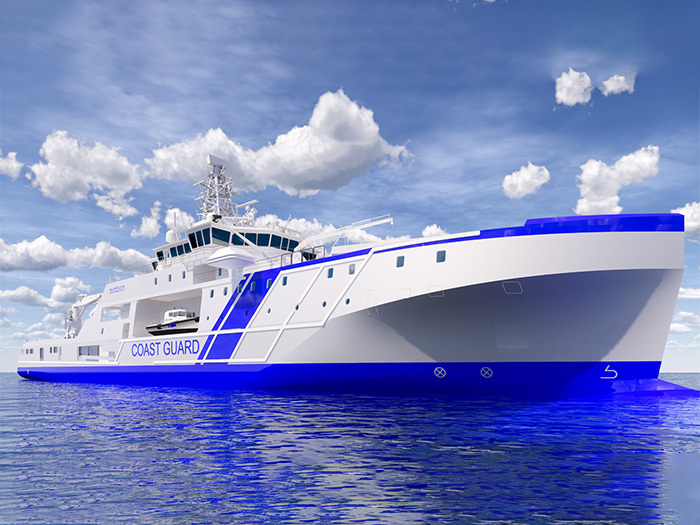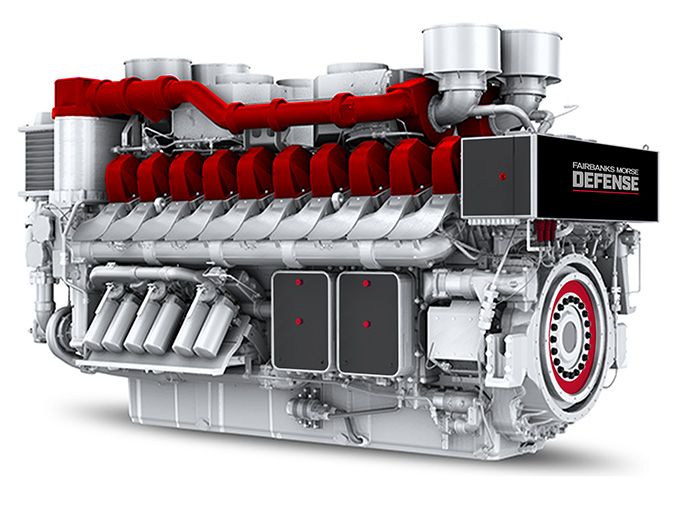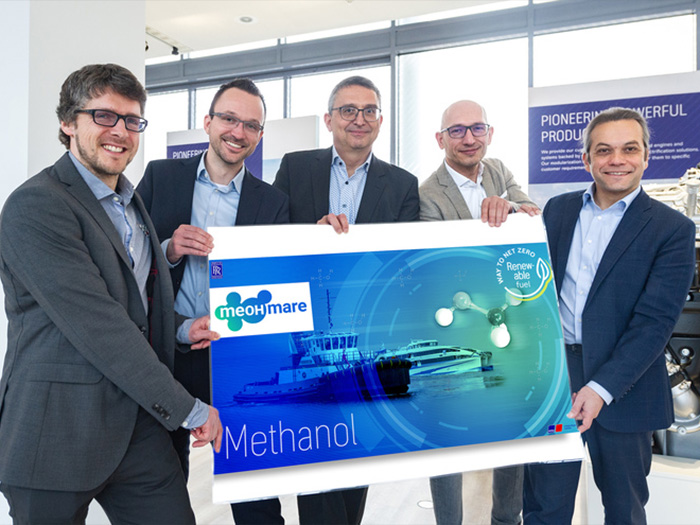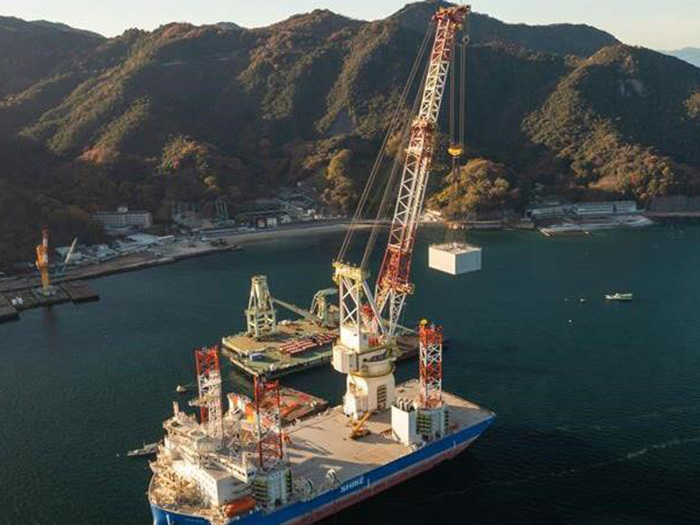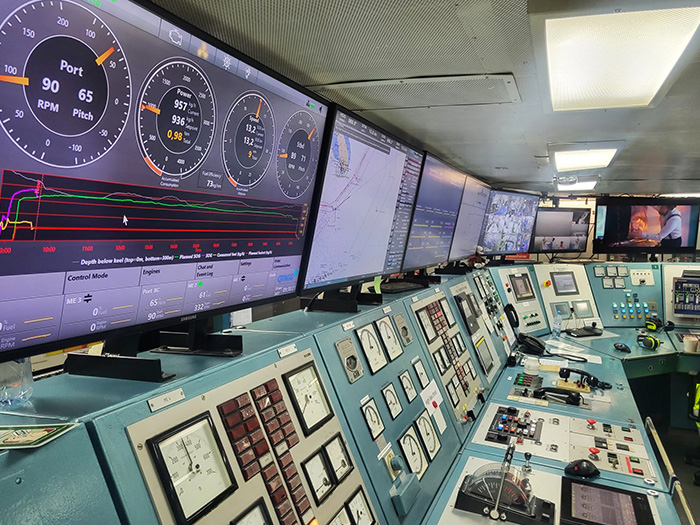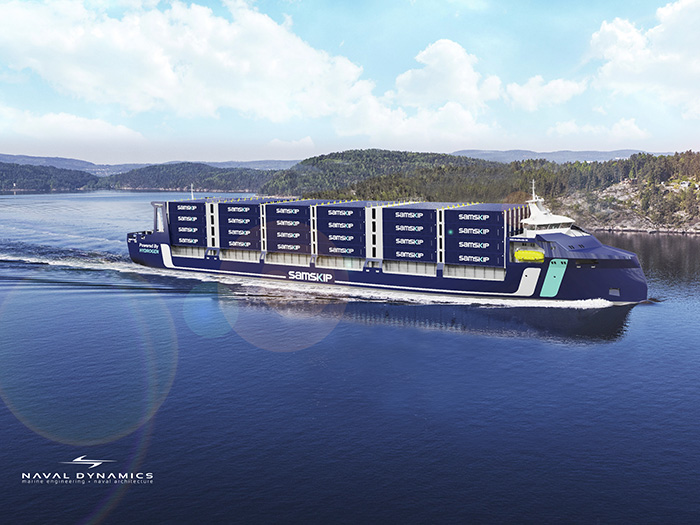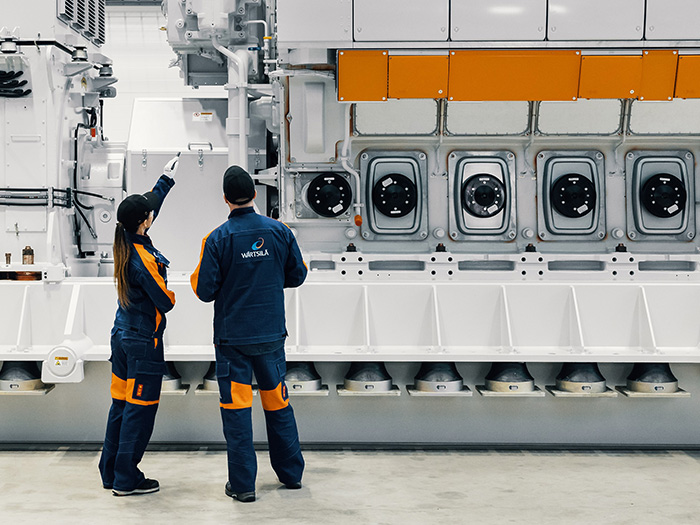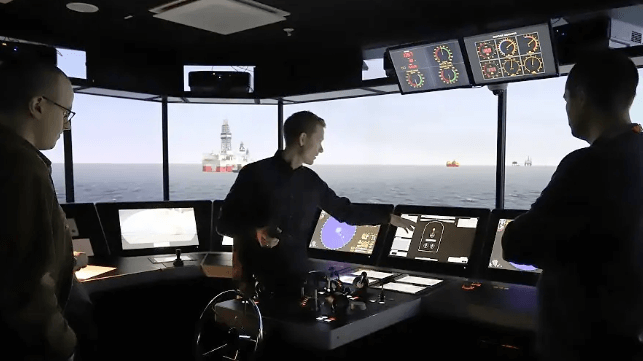Hull air lubrication has been around for quite some time. Now Alfa Laval thinks it has found a better way of easing a hull more smoothly through the water on a carpet of bubbles. It has completed its acquisition of Marine Performance Systems B.V., a Rotterdam-based maritime technology company that has developed the first fluidic air lubrication system on the market.
Having acquired a minority stake in Marine Performance Systems B.V (MPS) in 2021, Alfa Laval has now taken the final step to fully integrate the company under its own brand. The acquisition will accelerate the advancement and introduction of the patented fluidic air lubrication system, FluidicAL into the market to support vessels to sail sustainably.
A ship’s friction when sailing is the most significant driver of its fuel consumption representing up to 60% of a vessel’s operating expenditures, says Alfa-Laval. The advanced fluidic air lubrication system from MPS combines fluidics and air lubrication technologies to offer significant reductions in the ship’s friction when sailing.
The system is unique in its use of fluidics to generate micro air bubbles with a high degree of control, maintaining an air layer that covers the full flat bottom area of the vessel for maximum effectiveness. The reduction of frictional resistance working on the ship’s hull results in reduced fuel consumption.
“By adding air lubrication system into our portfolio, we are thrilled to further expand our offering of energy-efficient and sustainable solutions to our customers,” says Anders Lindmark, Business Unit President Heat & Gas Systems, Alfa Laval. “Since 2021, we have been closely supporting the development of MPS’ air lubrication technology and we are impressed with the performance of the fluidic air lubrication systems, we have installed on board vessels.”
The patented FluidicAL system requires no structural modifications or vessel recertification, which makes it well suited for retrofitting as well as for newbuilds. Having a minimal footprint and maximum flexibility, the system can be configured and optimized to the specific vessel’s design and operational profile ensuring integration with existing onboard technology seamlessly.
More on how it works in the videos:






